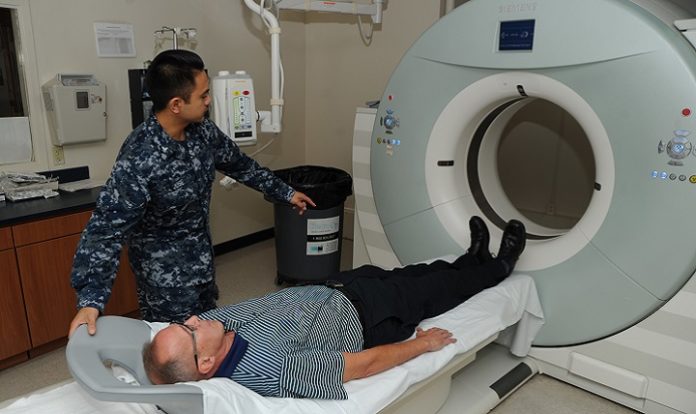The probability of having cancers is linked to the number of cells in the body
Tall people are more at risk for developing cancers.
For most cancers, risk increases dramatically with age. But what about the effect of having more cells in the body? Might taller people be more prone to cancer because they have more cells?
Yes, according to Leonard Nunney, an evolutionary biologist at the University of California, Riverside. Nunney examined data from four large-scale surveillance projects on 23 cancer categories.
Each of these cancer studies established that tall individuals are at an increased risk of cancer, with overall risk increasing by about 10 percent per 10 centimeter (4 inch) increase in height.
Other researchers have proposed that that factors acting early in life – nutrition, health, social conditions – independently influence height and cancer risk. But Nunney, a professor of biology, challenges this hypothesis.
Men are taller than women on average, which may account for why men get more cancer than women. This piece of statistic though is not applicable in India; here women get more cancer than men
“I tested the alternative hypothesis that height increases cell number and that having more cells directly increases cancer risk,” he said. “The data strongly supported this simple hypothesis. For most cancers, the size of the height effect is predictable from the height-related increase in cell number.”
The Study results appear in the Proceedings of the Royal Society B.
When Nunney performed a comparison of the observed effect of height on the risk of specific cancers for both women and men, he found that the effect of being tall on the risk of thyroid and skin cancer was high in women; for men, skin cancer stood out.
“Tall individuals are at increased risk of almost all cancers,” he said. “But skin cancers – such as melanoma – show an unexpectedly strong relationship to height. This may be because the hormone IGF-1 is at higher levels in taller adults.”
IGF-1 is a growth factor that is particularly important in early development, Nunney explained, but IGF-1 has also been linked to a higher rate of cell division in tall adults.
“If your cells divide more often, then that adds to your cancer risk,” he said. “If skin cells are dividing more rapidly in tall people due to high levels of IGF-1, then this could account for the increased risk for melanoma.”
Of the 18 cancers scored in both sexes, Nunney found only four showed no significant increase with height in either sex: pancreas, esophagus, stomach, and mouth.
“It is possible that these cancers are more strongly associated with environmental factors,” he said. “It is possible, too, that in these tissues cell numbers do not scale with body size – but this seems unlikely.”
Nunney explained that two factors cause increased cancer risk: one is having more cells; the other is having more cell divisions.
“If you double the cells, you double the cancer risk,” he said. “If you double the number of cell divisions, you more than double the cancer risk. Living a long time is the worst thing to do if you want to avoid cancer. But then what’s the alternative?”
Men are taller than women on average, which may account for why men get more cancer than women. This piece of statistic though is not applicable in India; here women get more cancer than men.
“About a third of this effect can be accounted for by men having more cells,” Nunney said. “But something else is going on to explain the rest.”
Breeds of dogs also demonstrate cancer’s link to height, he added.
“Smaller dogs get less cancer than bigger breeds of dogs.”
Next, Nunney plans to explore how different cancers are being prevented in the body by looking at big long-lived animals.
“If all else is equal, large, long-lived animals should experience higher incidence of cancer than small, short-lived animals,” he said.
He added: “After all, larger animals have more cells, more divisions, and more mutations. But they show no such tendency to be more cancer prone. This is called Peto’s paradox, and I argue it can be resolved through adaptive evolution, namely, that species subject to selection for larger body size and greater longevity evolve additional layers of cancer suppression. I’m interested in exploring how as a species gets bigger and lives longer, it evolves additional barriers to cancer.”


